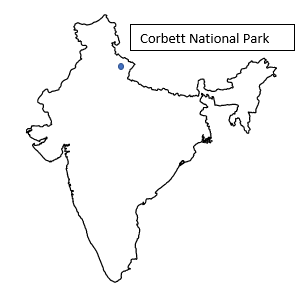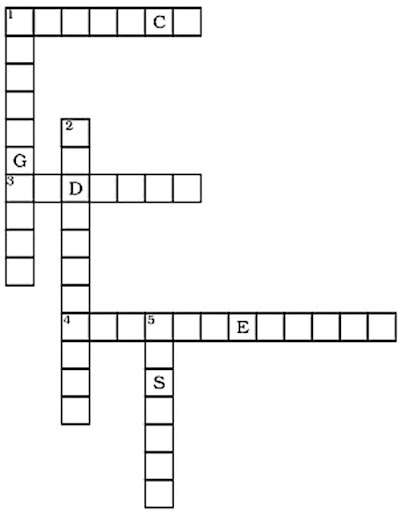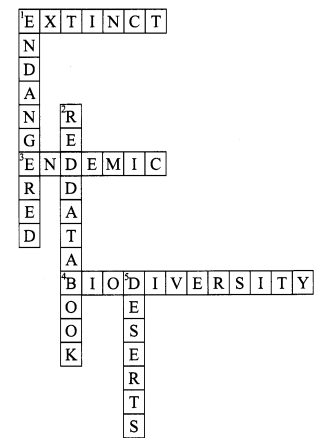Conservation of Plants and Animals Class 8 NCERT Solutions FREE PDF Download
FAQs on NCERT Solutions for Class 8 Science Chapter 5 Conservation of Plants and Animals
1. Explain how deforestation leads to reduced rainfall.
Water vapour condenses in the atmosphere to form clouds. Trees are the chief sources of water evaporation. Therefore, the act of deforestation causes less water to be absorbed from the soil. As a result, the formation of clouds affects the water cycle and creates difficulty, which leads to reduced rainfall.
2. What is class 8 science chapter 5 question answer pdf, and how many questions are there in it?
Conservation is the planned management of natural resources, which is done to preserve them from destruction, degradation, or exploitation. Chapter 5 in NCERT solutions for class 8 chapter 5 science is ‘Conservation of Plants and Animals’. This chapter contains elaborative answers to eleven questions.
3. What is the meaning of Flora?
It refers to all the plants and greeneries present in a particular region or time. Flora is the collective terminology to describe distinctively. The term has been described in NCERT solutions for class 8 science chapter 7.
4. What is the conservation of Plants and Animals in Science Class 8 Chapter 5?
Chapter 7 of Class 8, Conservation of Plants and Animals, makes up an extremely crucial Chapter for 8th standard students. The following points have been discussed in detail in this chapter:
Deforestation and its causes
Effects of deforestation
Biosphere
Biodiversity
Flora and Fauna
Endemic Species
Species
Biosphere Reserve
Wildlife Sanctuaries
National Park
Endangered Animals
Ecosystem
Red Data Book
Migration.
5. How can we conserve animals and plants?
It is the collective responsibility of a nation to protect its flora and fauna along with its natural habitats. Therefore, protected demarcated areas known as national parks, wildlife sanctuaries, and biosphere reserves are already chalked out. Plantation, agriculture, grazing, deforestation, hunting, poaching, etc. are strictly prohibited here. To learn more about the class 8 science chapter conservation of plants and animals, you can refer to NCERT Solutions by Vedantu.
6. What is conservation? Write a short answer Class 8?
Conservation mainly focuses on the protection of organisms from going extinct from the face of the earth. Along with that it also ensures the maintenance and restoration of habitats and improvement of the services of the ecosystem for the protection of biological diversity. A detailed explanation about conservation is available on Vedantu. These solutions are completely free and created by subject matter experts.
7. Why do we feel the need for conserving plants and animals?
Conserving plants and animals become extremely crucial for the protection of the endangered species of flora and fauna as well as their natural habitat. A balanced ecosystem can only be maintained through the conservation of living resources. With methods of conservation applied, it is safe for the vast variety of species of our Earth. You can learn more about how to conserve plants and animals. To know more, visit Vedantu.
8. What are the causes of deforestation?
The following three points sum up the major causes behind deforestation:
Forests have to be cleared to accommodate the growing urban population and fulfil their increasing demands.
Forests are cut for clearing up land to cultivate crops and livestock grazing.
Trees are felled for usage in various purposes such as timber and furniture making.




















